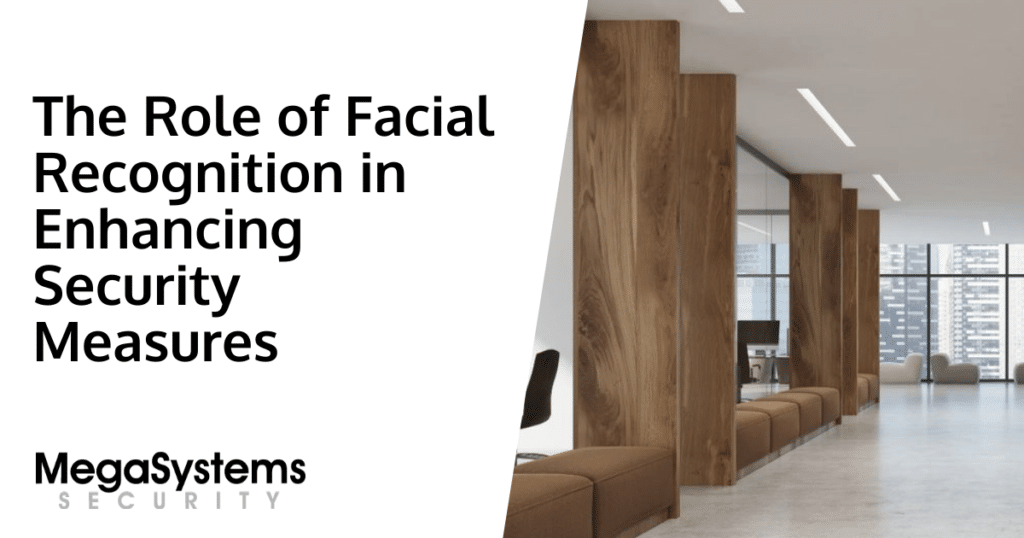In the evolving world of technology, facial recognition has gained considerable attention due to its multitude of applications. One area where it is having a significant impact is in security measures. As a tool for identifying and verifying individuals, facial recognition fosters increased efficiency, accessibility and robustness in security protocols across different settings. This article explores how facial recognition enhances security measures and its implications in the fast-paced digital era.
Improved Identification and Verification
Facial recognition technology can quickly identify individuals from real-time or stored digital images and videos. It provides an efficient alternative to traditional security methods, which can be slow, manually intensive, and susceptible to errors and breaches.
Access Control and Surveillance
Facial recognition systems can be ubiquitous in surveillance scenarios, be it in high-security premises like airports or in controlling access to personal devices. They add an extra layer of impartiality, ensuring that security is not compromised.
Biometrics and Privacy
The use of facial recognition technology also raises questions about privacy and consent. How do these systems ensure that the data they collect stays secure? They need to include privacy safeguards and mechanisms to acquire informed consent from the individuals whose biometric data is being salvaged.
Future of Facial Recognition in Security
There is no doubt that facial recognition technology will continue to play a crucial role in security. However, its success lies in how well the society adapts to the changing dynamics of security and privacy it brings.
-
Automatic recognition in crowded public spaces.
-
Enhanced biometric security in multi-factor authentication systems.
-
Increased use in mobile devices for secure data access.
FAQs
Q: How does facial recognition work?
A: Facial recognition technology uses biometrics to map facial features from a photo or video. It then compares the information with a database of known faces to find a match.
Q: Can facial recognition be fooled?
A: While facial recognition technology has advanced significantly, some systems can still be fooled by photos, masks, or other techniques. However, newer systems are becoming more resistant to such subterfuge.
Conclusion
In conclusion, Facial recognition presents a myriad of opportunities to enhance security operations. While it’s a powerful tool for identification and verification, it’s not devoid of challenges, especially those related to privacy and data security. As technology continues to improve, it is crucial that organizations seeking to employ this technology strike a careful balance between enhancing security and protecting individual privacy rights.


